Share
A-Ha Moments and Stories of Big Breaks: Women Photographers Share Their Stories
Each quarter, Women Photograph posts statistics about the gender makeup of the A1 lead photo bylines of eight newspapers on Twitter. The data doesn...
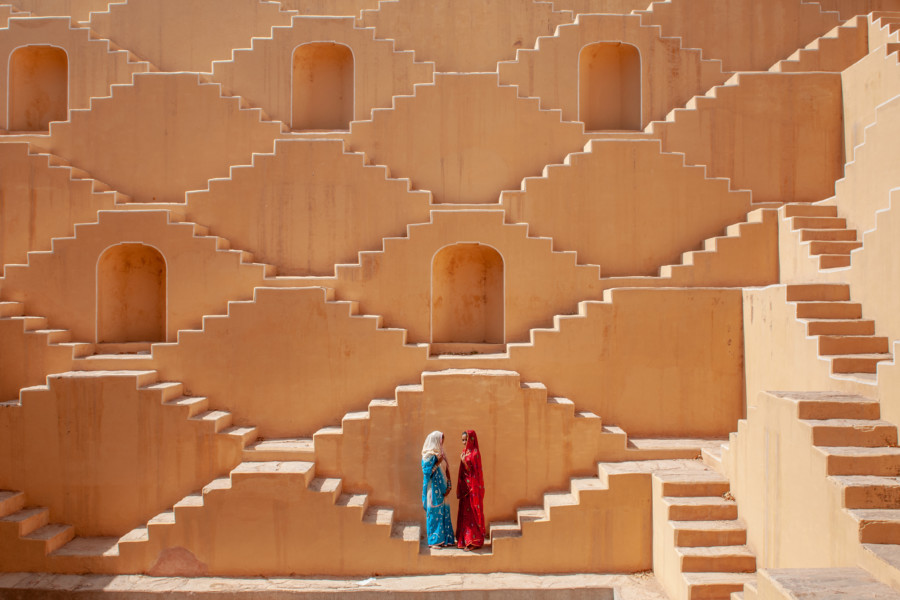
Each quarter, Women Photograph posts statistics about the gender makeup of the A1 lead photo bylines of eight newspapers on Twitter. The data doesn’t lie: photos taken by women are featured less on the homepages of major publications.
Women in photography provide unique perspectives on everything from the migrant crisis to landscape photography and everything in between. Publications can’t possibly be telling the whole story if they’re excluding women.
These numbers make us pause. They make us angry. They also make us want to be part of the solution.
So when we decided to interview some of our world-class members for our upcoming educational guide on branding and marketing, we knew it was crucial to feature the unique insights and stories of women photographers. Below you’ll find some of these stories — those of big-breaks and career a-ha moments — from five amazingly talented women behind the lens.
Cover image by Ami Vitale.
Julia Robinson – photojournalism
If there’s any a-ha moment out there it’s that your personal work will open more doors than anything else – more than chasing breaking news, more than an assignment from a big name client. Your personal work is what makes you shine the most. Keep pushing in that direction. When in doubt and when facing the inevitable “famine” of freelancing, put your energy into a personal project and keep sending pitches and emails into the void until the famine passes.
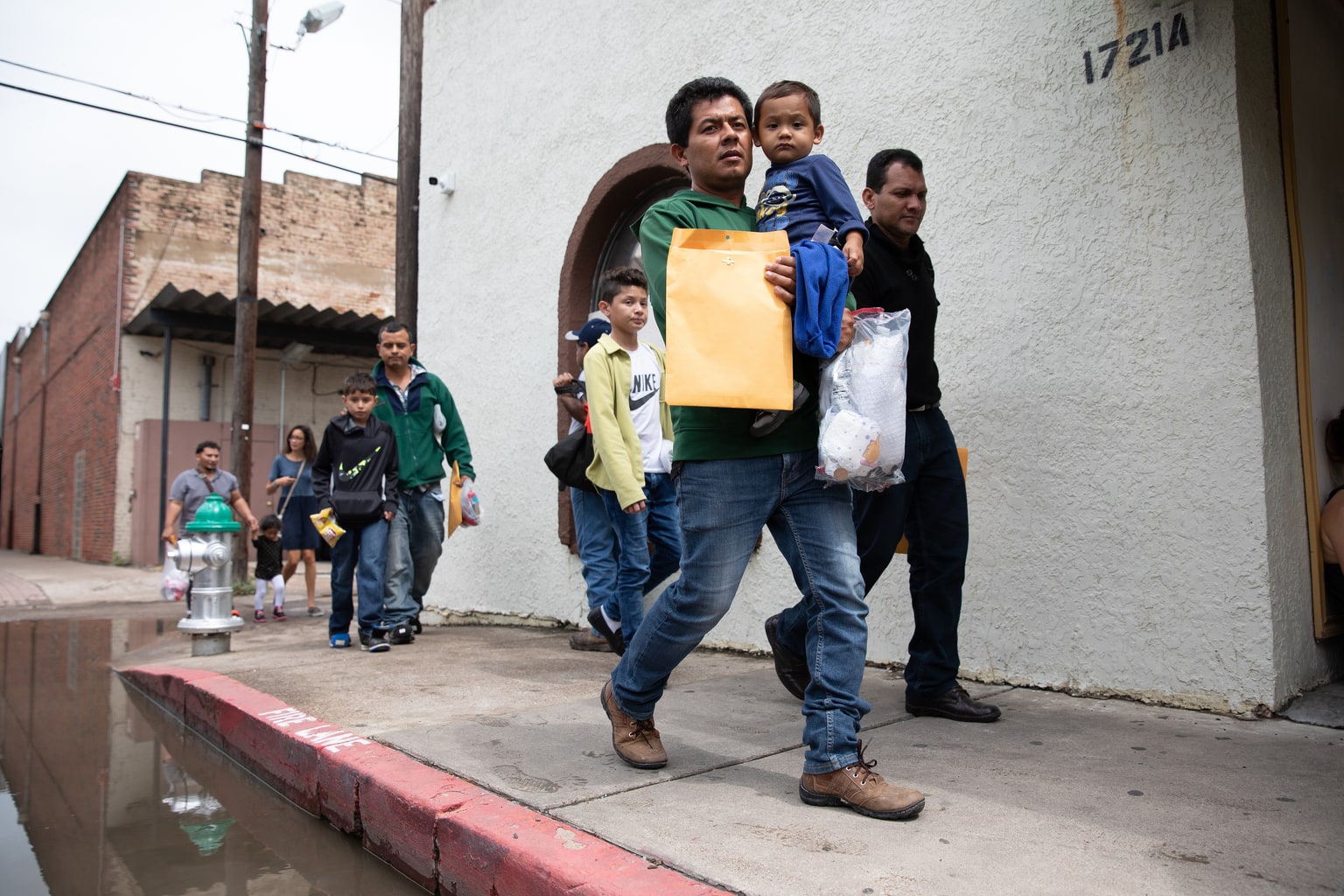
Ami Vitale – documentary
I’ve had so many instances when I was trying to get access to a story and the only reason I was able to get in was because I ran into someone from another part of my life who coincidentally worked there. The moral of the story: be kind and try to help everyone. Karma is real.
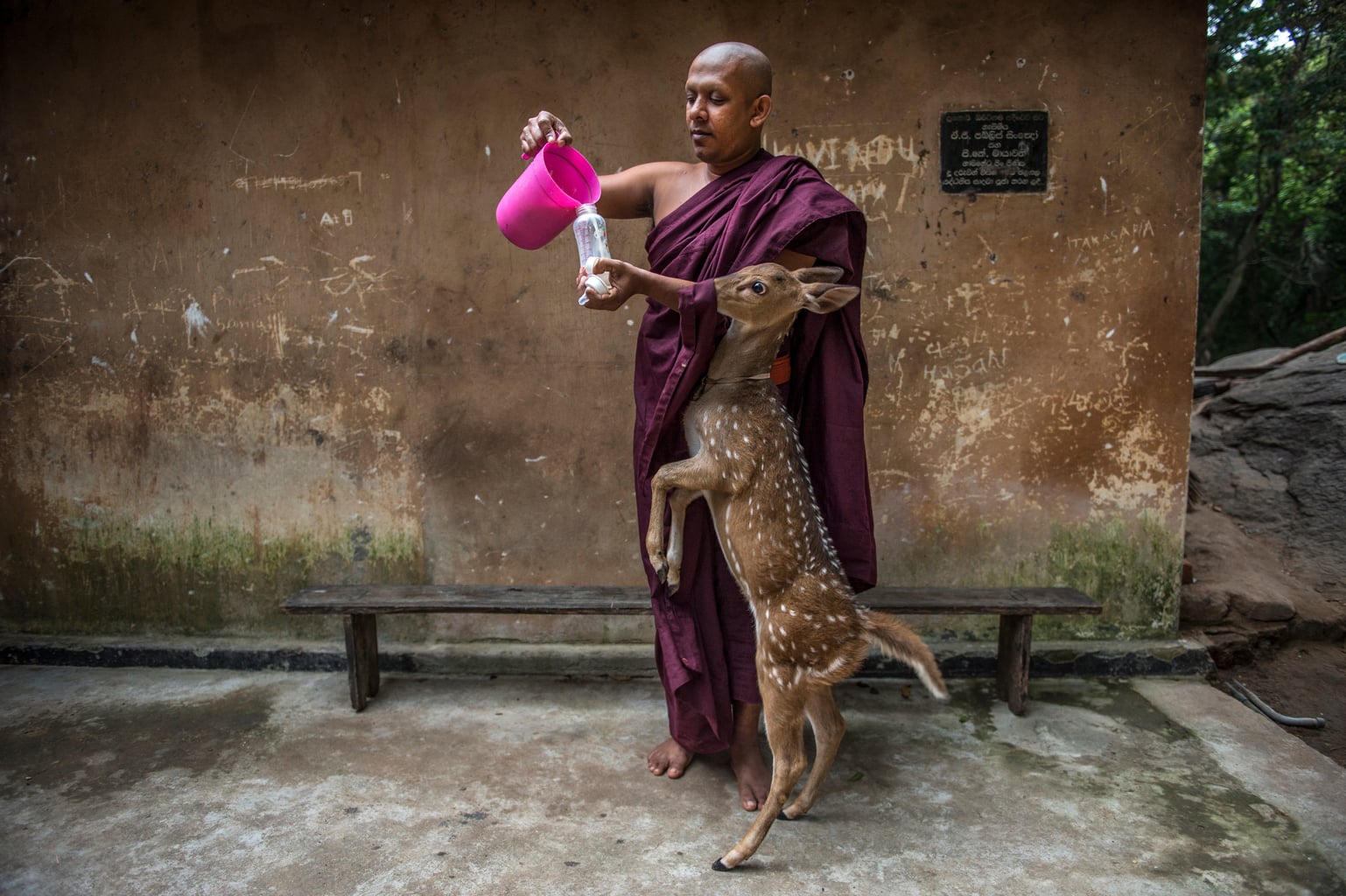
Suzi Eszterhas – wildlife
I worked a day-job for six years after college. It’s a long story, but I was at a low point in my life. I was still having to work the day job, making only enough money with my photography to reduce my hours at my regular job to part-time. I was really worried that I would never be able to make it full time in wildlife photography. And I was living with a guy who was a total mistake (a seven-year long one!). My life was just really not what I wanted it to be. Then one day an email came binging into my inbox that gave me the opportunity to fulfill my dream project to go to Africa and photograph cheetahs in Kenya’s Masai Mara. And in that moment I knew I had to radically change my life. So I quit the day job, dumped the boyfriend, put everything I had in storage, drained my savings account and hopped on a plane to Africa. I thought I would stay for three weeks but I wound up staying three years. I carved out a life for myself in the bush, and worked on one African wildlife photography dream photo project after another.
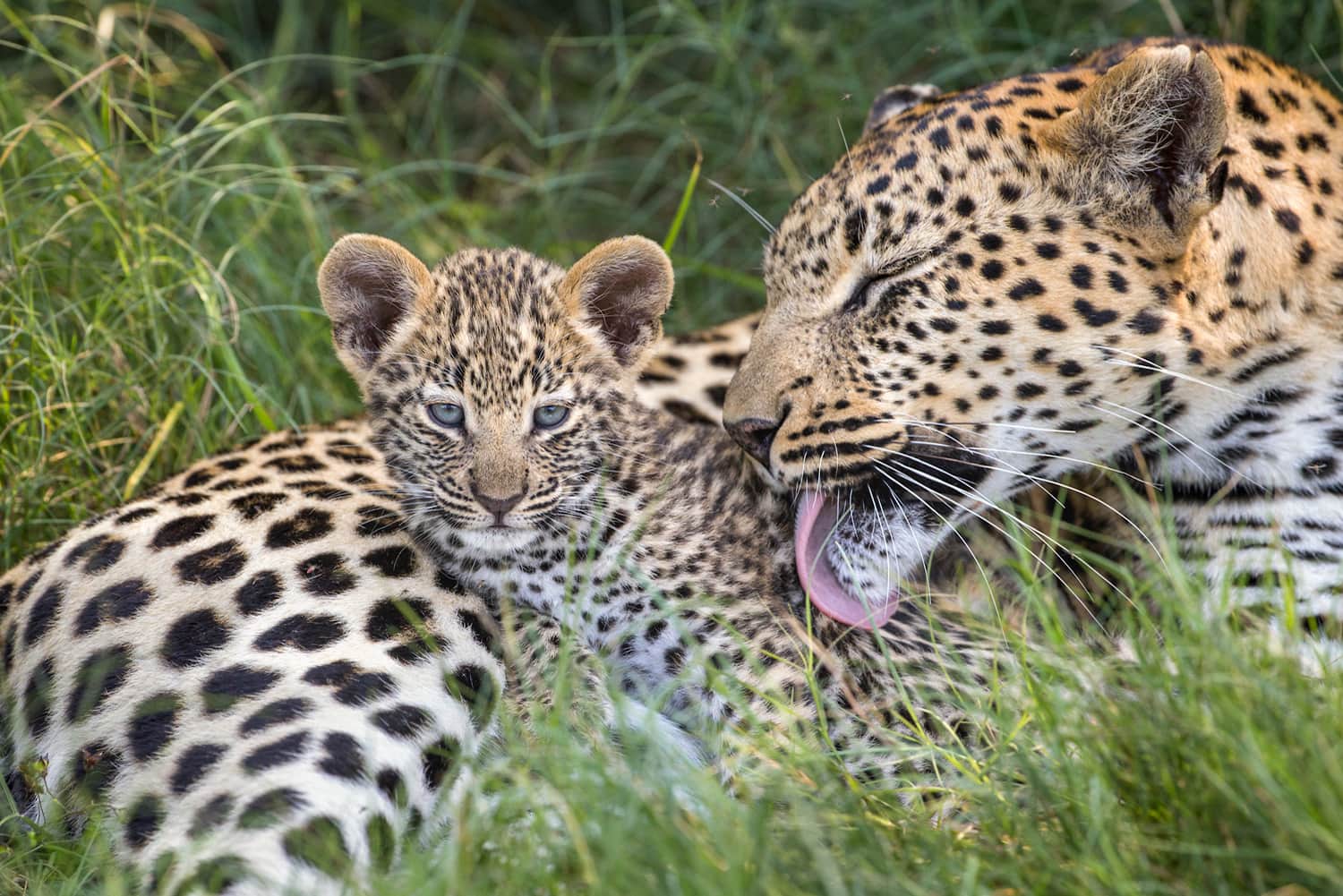
(Photo by Suzi Eszterhas)
Melissa Lyttle – photojournalism
There’s an old adage about showing the kind of work you want to get hired to make, and I really believe that’s true. I was a little intimidated by using lights and it showed in my portrait work when I first went freelance, but in looking at the clients I wanted to work for I realized that’s not only what they were looking for, but what they wanted to pay (well) for. So I invested in myself and my business and bought a set of ProFoto lights and some modifiers. It was a lot of trial and error, a lot of testing different looks out on my wife or our dog. And I wasn’t getting calls for that stuff right away, so I’d take my lights with me on an editorial assignment, and pull the person I was photographing aside afterward, telling them I’d also love the chance to make a beautifully lit portrait of them over here (and have my lights already set up, or a backdrop already picked out because I’d gotten there early to scout). Slowly, I started making lit portraits of people I was proud of and could add to my portfolio. One of the first was tennis star, Vicky Duval. I was there to do a day-in-the-life type thing of her training session and those photos were nice (on the court with her coach, waving to fans who walked by and yelled her name, etc.), then I asked her for 5 more minutes to make a portrait. I think she ended up giving me another hour because we were having fun and I was showing her the back of the camera and she liked how things looked, but I came away with something I was proud of:

In thinking back on it, I think I was initially worried that I wasn’t this portrait photographer — that it wasn’t who I was or what I did. But in retrospect, I don’t think it’s that much of a departure, because I’m still very much trying to get to something real and storytelling in my portraits. What it has allowed though is for me to add another tool to my tool kit; it gives me something more to offer to clients. And that’s made a huge difference going forward, and helped me land clients I only dreamed of working for.
Jody MacDonald – adventure sports & documentary
A big break for my photography career was photographing my Rajan the swimming elephant story for the BBC. I had first seen Rajan in a Hollywood movie called “The Fall.” It showed this magnificent Asian elephant swimming in clear, blue tropical water. I had been sailing around the world for many years by this point and knew that there weren’t many places that it could be possible. I remember thinking to myself, “If this actually exists, I have to see it and experience it myself.”
I started researching and discovered that this elephant did actually exist and lived somewhere in the Andaman Islands off the coast of India. So I travelled to the Andamans and asked around and ended up finding Rajan. When I found him he was 61 years old and I quickly learned that he had a fascinating history.
I ended up spending two weeks photographing him and randomly met a producer for the BBC while I was on the island. She loved the story and the BBC ended up running it. At the time, it was my first global story and it showed me that taking the leap and pursuing my curiosity with diligence and hard work paid off and it’s a great reminder to me to not wait for stories to come my way but rather pursue the stories that I’m curious and really passionate about. To this day, Rajan is still my most popular story.
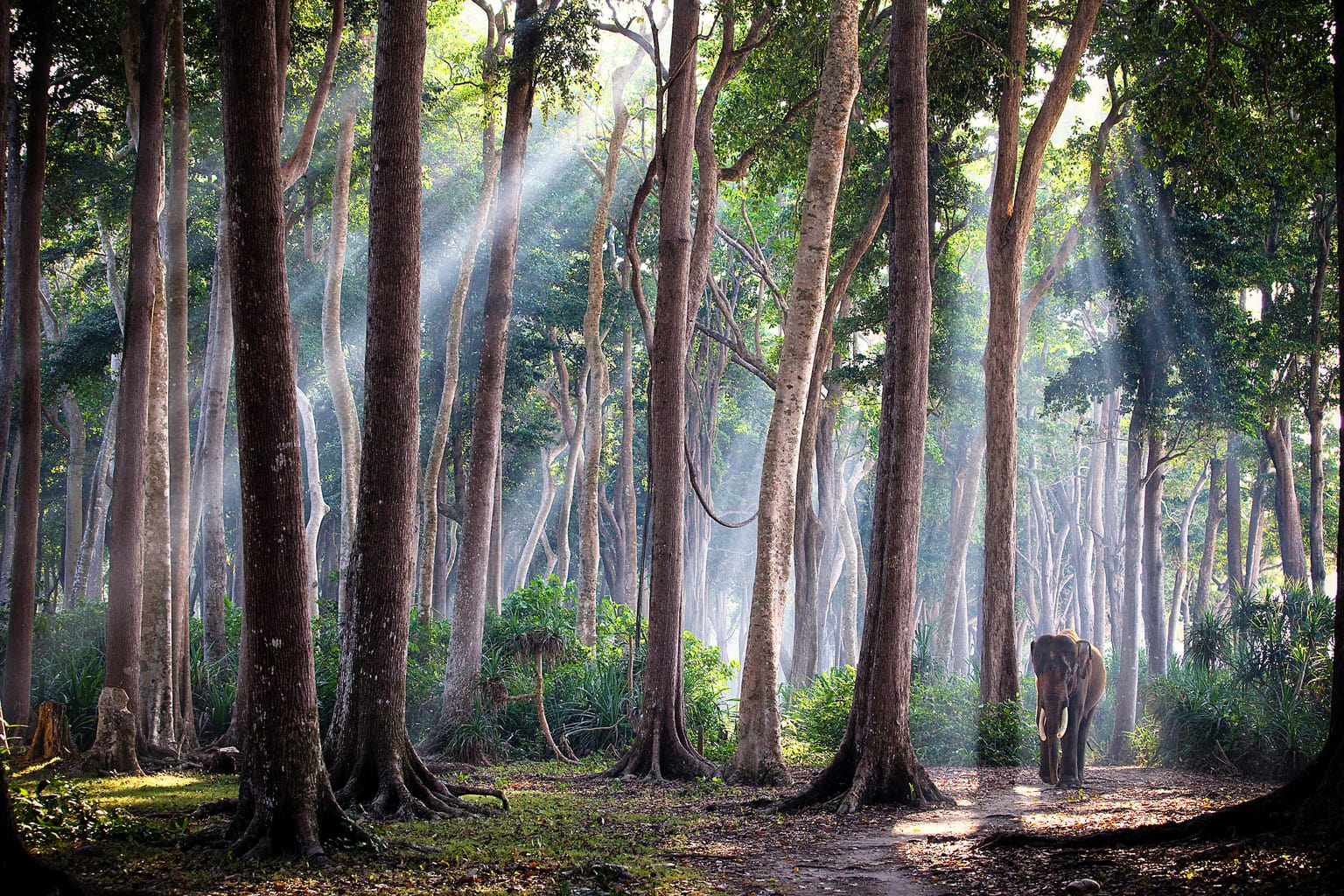
You can find more stories like these, plus branding and marketing tips, in The Photographer’s Guide to Branding and Marketing in a Distracted World — out next week!
Interested in exploring more of Women Photograph’s findings? Additional data can be found on their site here.
Update: The Photographer’s Guide to Branding and Marketing in a Distracted World was launched on Thursday, July 18th and can be downloaded here.


